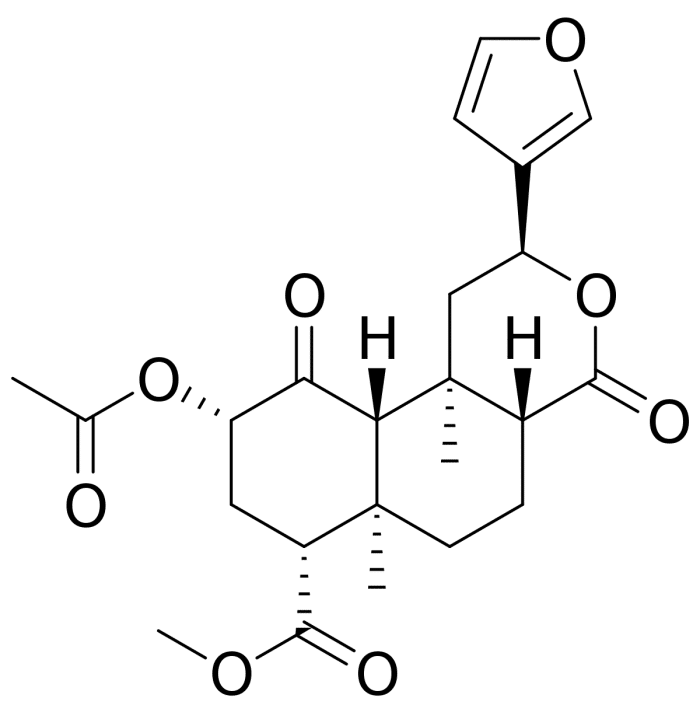Salvia divinorum, a psychoactive plant with deep cultural roots in the Mazatec traditions of Mexico, has gained attention for its unique effects on consciousness. As interest in Salvia divinorum expands globally, it is essential to navigate the landscape with a thorough understanding of potential risks and side effects. This article explores the nuances of Salvia divinorum use, shedding light on factors that users should consider for a safe and informed exploration.
1. The Distinctive Nature of Salvia Divinorum: Salvia divinorum stands out among psychoactive substances due to its primary psychoactive compound, salvinorin A. This compound interacts with kappa opioid receptors in the brain, leading to intense and often unpredictable hallucinogenic effects. The uniqueness of salvinorin A’s mechanism of action sets Salvia divinorum apart from more commonly known substances like psilocybin or LSD.

2. Potential Risks and Challenges: While the use of Salvia divinorum is not inherently harmful, there are potential risks and challenges associated with its consumption. Understanding these factors is crucial for individuals contemplating or engaging in Salvia divinorum experiences.
3. Intensity and Unpredictability: One of the primary challenges with Salvia divinorum is the intensity and unpredictability of its effects. Users may undergo rapid and immersive hallucinations, sometimes losing touch with reality. The short duration of these experiences, typically lasting only a few minutes, can make it challenging to manage and integrate the effects.
4. Psychological Impact: Salvia divinorum experiences can have a profound psychological impact. Users may encounter vivid and surreal visions, alter their perception of time, or feel a disconnection from their surroundings. For some individuals, these effects can be disorienting and induce anxiety or panic.
5. Loss of Physical Coordination: The dissociative nature of Salvia divinorum can lead to a loss of physical coordination. Users may experience difficulty moving or navigating their environment during the peak of the experience. This presents a risk of accidental injury, especially if users attempt to walk or engage in physical activities.
6. Potential for Flashbacks: Some users report experiencing flashbacks or lingering effects after the acute phase of the Salvia divinorum experience has subsided. These flashbacks can manifest as unexpected recurrences of the intense hallucinatory state, even in the absence of further Salvia consumption.
7. Individual Variability: Individuals vary widely in their response to Salvia divinorum. Factors such as personal sensitivity, mental health history, and the user’s environment can significantly influence the nature and intensity of the experience. What may be manageable for one person could be overwhelming for another.
8. Risk of Accidental Injury: Due to the altered state of consciousness induced by Salvia divinorum, users may be at an increased risk of accidental injury. Activities such as standing, walking, or handling objects can become challenging during the peak effects, leading to potential accidents.
9. Pre-existing Mental Health Conditions: Individuals with pre-existing mental health conditions, especially psychotic disorders, may be at a higher risk of adverse reactions to Salvia divinorum. The hallucinogenic effects could potentially exacerbate existing mental health symptoms and trigger episodes of psychosis.
10. Interactions with Medications: Limited research exists on potential interactions between Salvia divinorum and medications. However, the plant’s unique pharmacological profile suggests the possibility of interactions, particularly with substances affecting the central nervous system. Users taking medications should exercise caution and consult healthcare professionals before using Salvia divinorum.
11. Legal Implications: The legal status of Salvia divinorum varies globally, and users should be aware of and adhere to the laws in their respective locations. Engaging in activities involving the possession or use of illegal substances can lead to legal consequences, adding an additional layer of risk.
12. Harm Reduction Strategies: Given the potential risks associated with Salvia divinorum, harm reduction strategies are crucial. These may include:
- Dosage Awareness: Understanding the appropriate dosage and avoiding excessive consumption.
- Set and Setting: Ensuring a comfortable and safe environment for the experience.
- Sitter Presence: Having a sober and experienced sitter to provide support and guidance.
- Legal Compliance: Adhering to local laws and regulations regarding Salvia divinorum use.
13. Post-Experience Integration: The unique and intense nature of Salvia divinorum experiences necessitates careful post-experience integration. Users may benefit from reflecting on the insights gained, discussing the experience with a trusted individual, or seeking professional guidance if needed.
14. Community Support and Education: Creating a supportive community and providing educational resources can contribute to safer Salvia divinorum use. Forums, websites, and social media platforms dedicated to responsible exploration can foster discussions on best practices and share valuable insights.
Conclusion: Navigating the landscape of Salvia divinorum involves a nuanced understanding of its effects, potential risks, and harm reduction strategies. As interest in this unique psychoactive plant continues to grow, fostering open and informed discussions about responsible use becomes paramount. By acknowledging the challenges and implementing harm reduction practices, individuals can approach Salvia divinorum with a greater awareness of its potential impact on their mental and physical well-being.



